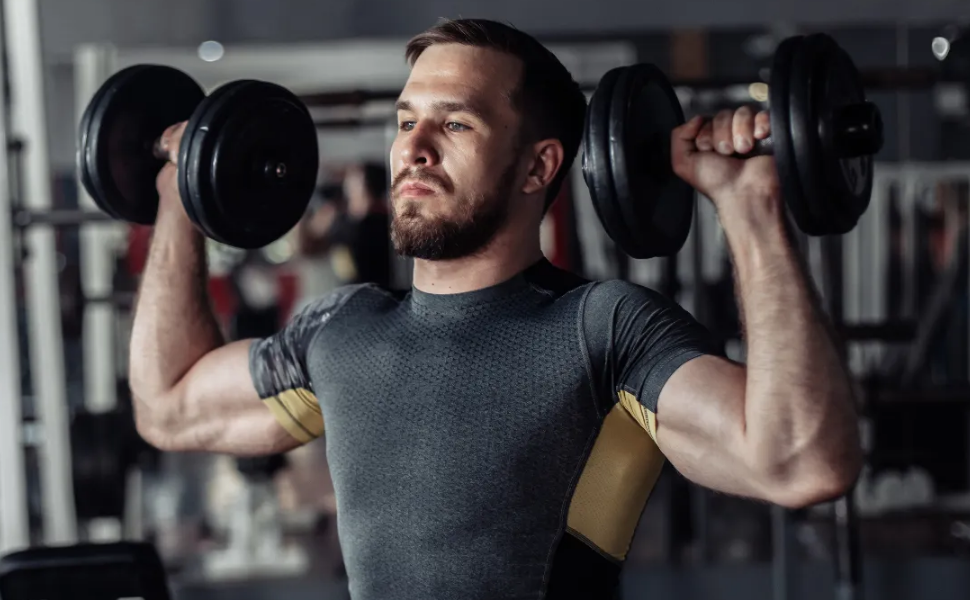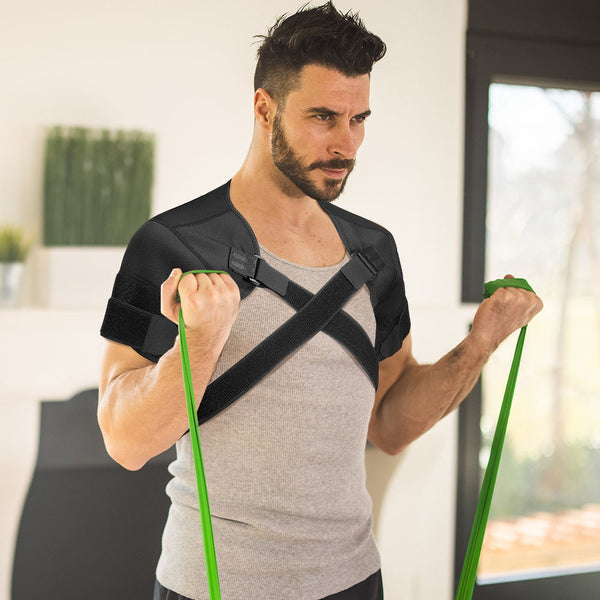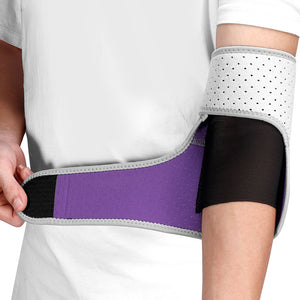Can You Lift with a Shoulder Compression Brace

A may offer additional protection and support for the shoulder joint, but the intensity of the training has to be adjusted according to circumstances. Also, one should consult with a professional sports therapist or a doctor.
Function of Shoulder Braces
The acts to stabilize the shoulder joint and limits unnecessary movements, thus helping to reduce stress on the shoulder and consequently lowering injury chances.
This is because the compression brace offers further support, allowing the shoulder to remain in a more stable position through different forms of exercises, such as presses, relieving some tension from the rotator cuff muscles.
It reduces the risk of shoulder injury when training by limiting rotation and abduction. Clinical Sports Medicine reports that the incidence of shoulder dislocation is reduced by 30% when using a brace.
Appropriate Weightlifting Exercises
Resistance training utilizes various exercises, which vary in terms of the impact on the shoulders. A weightlifting brace can play a key role in enhancing protection for the shoulders during certain exercises.

Weight training exercises recommended to be done while wearing a brace:
-
The following are some exercises which involve quite a high level of stress on the rotator cuff. A brace minimizes the strain on the rotator cuff and reduces inflammation or injury.
-
This stabilizes the overhead presses, and therefore the shoulder wobbles a lot less when one does movements. According to statistics from the Journal of Exercise Science, there was a reduction of approximately 15% in the shoulder pressure of athletes who used a brace when lifting 70 kilograms.
-
When conducting exercises that highly impact the shoulders, such as pull-ups, using a brace can greatly reduce the shoulder's discomfort. According to data from Rehabilitation Research, the shoulders' pressure is reduced by 18%.
Effect of Different Training Intensities
Training of different intensities offers different levels of stress to the shoulder. A shoulder compression brace can provide better support when training with higher intensities.
High-load training, wherein a is capable of reducing the shoulder joint pressure effectively, can avoid some unnecessary strains while lifting weights more than 80 kgs.

Within the range of 60-80 kilograms, this additional support coming from the shoulder compression brace will maintain shoulder stability and consequently decrease muscular fatigue, especially during prolonged sessions in the gym.
In lighter weight training, the support of the brace is sparser and can also limit the flexibility of the shoulders, especially in certain exercises that require a greater range of motion, such as lateral raises.
Training Recommendations
Following are some suggestions that can be put forward to help athletes train more safely and effectively to maximize the effectiveness of a shoulder compression brace in weight-lifting training:

-
The load must be started with lighter ones and increased gradually, avoiding being excessive on the shoulder, especially during the first weeks of wearing the brace. Normally, the increase of the weight each week shall be controlled within 5%-10%.
-
Regular stretching of shoulders and mobility work will help to preserve shoulder flexibility and prevent all forms of stiffness that could result from long-term use of the brace. As a matter of fact, studies from Rehabilitation and Exercise Science have reported that 2-3 shoulder stretching sessions per week could improve shoulder range of motion by 12%.
-
The long-term use can lead to muscle imbalance, because it limits the action of some muscles. So, it would be advisable, from time to time, to perform regular functional trainings to balance all the shoulder muscles and avoid dependence on the brace.
A
-
Posted in
Brace, Healthy Lifestyle, Recovery, Shoulder pain, sports














